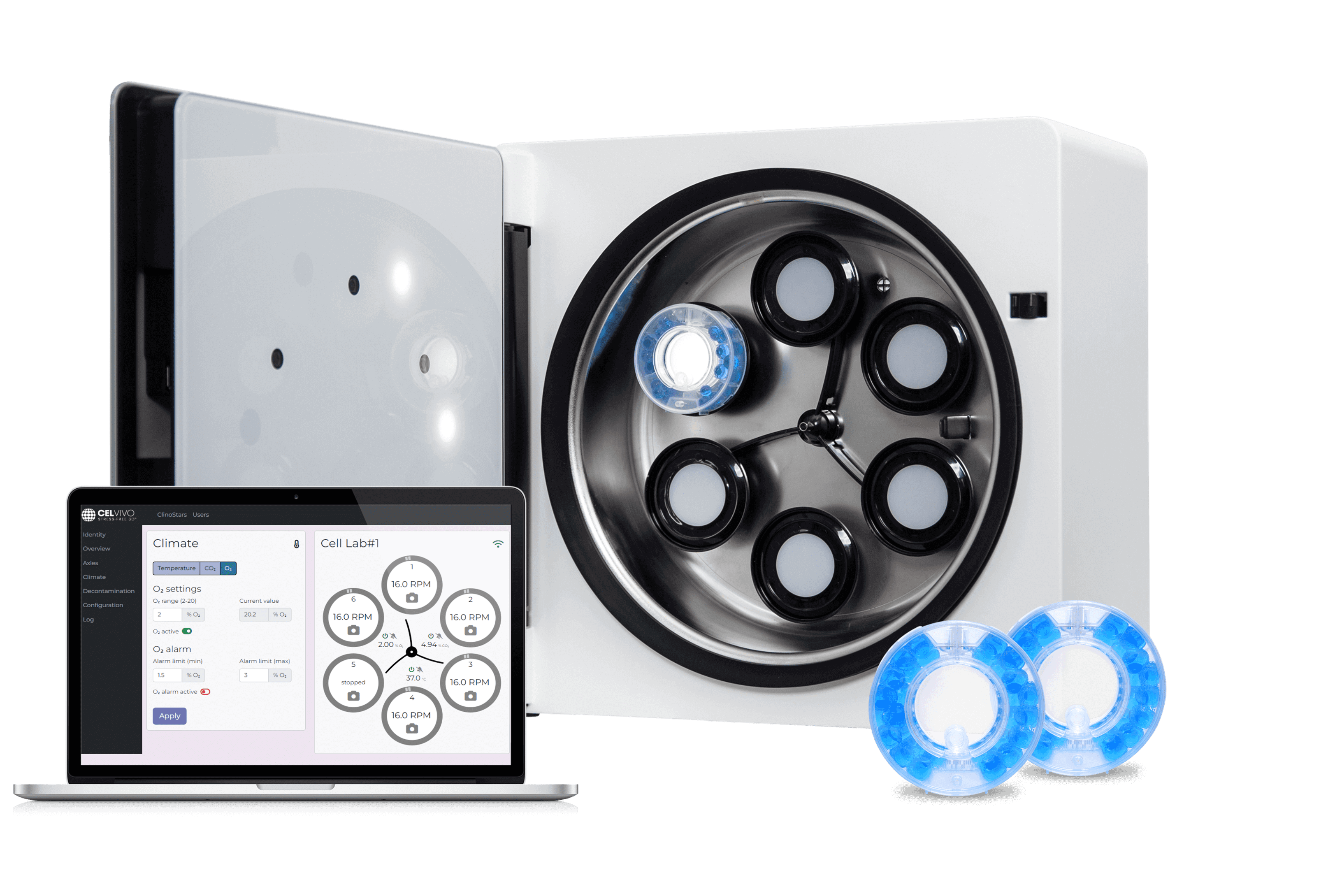Experience
the technology
Behind the clinostar
Enhancing 3D Cell Culture with the Clinostat Principle
The clinostat principle, utilized by the ClinoStar system, was historically a technique that used rotation to mitigate the gravitational effects on plants, making them grow horizontally. Later, it was discovered that the clinostat principle could be used for generating 3D constructs from biological material.
The gentle rotation employed by the clinostat is beneficial as it creates a low-shear stress environment that minimizes the mechanical forces acting on cells, allowing them to grow and develop more naturally.
The ClinoStar system is designed to promote the growth, maintenance, and functionality of large tissue constructs, including spheroids and organoids. This is achieved by keeping cells suspended in a static orbit using a clinostat and a rotating bioreactor (ClinoReactor).
The cells are continuously rotated, which counterbalances gravitational forces and reduces shear stress. This also maximizes the nutrient availability for the constructs. In addition to promoting nutrient and oxygen delivery, dynamic environments can also help to remove waste products from the culture, which can improve cell health and function (Figure 1).
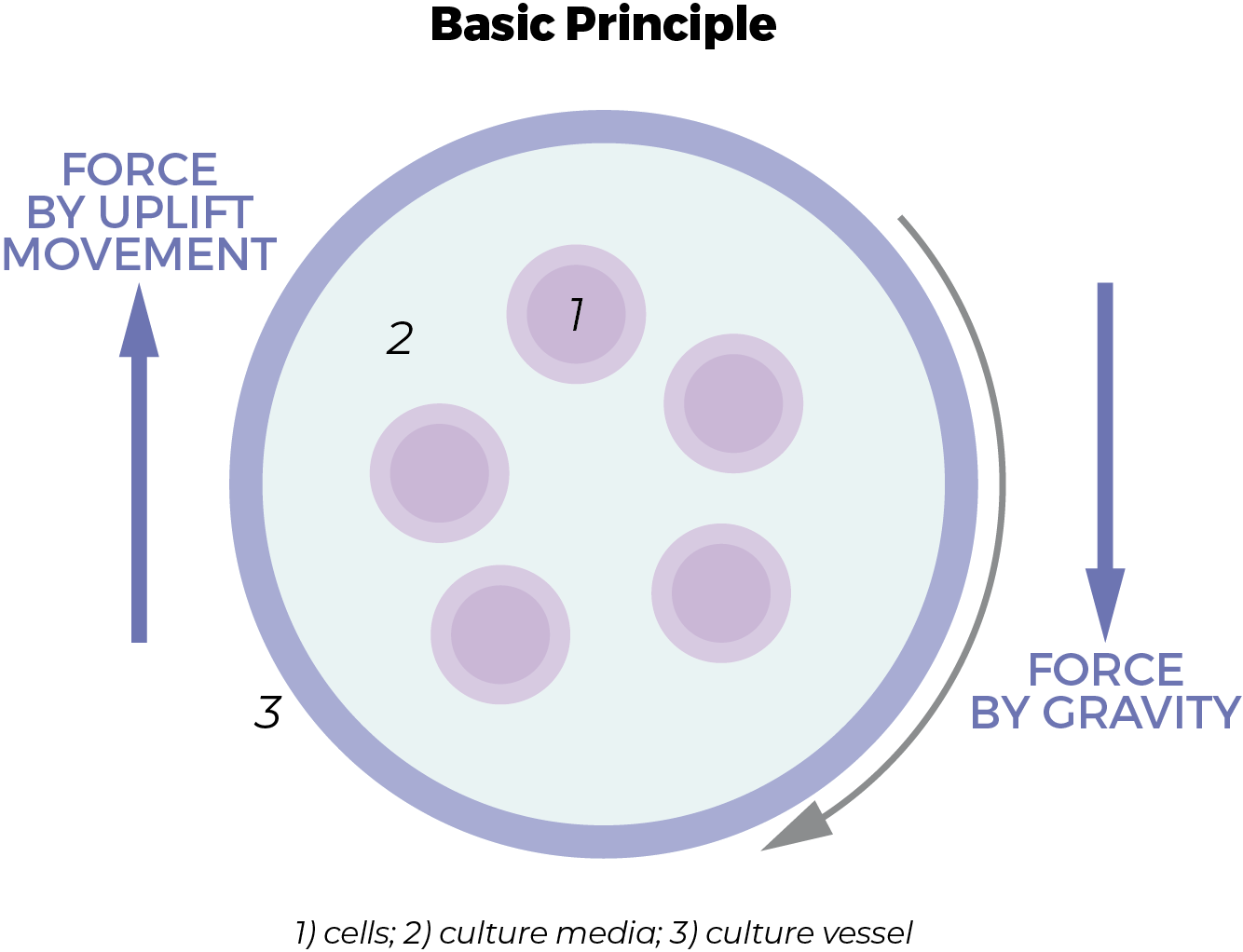
Figure 1
By minimizing these mechanical forces, the ClinoStar system allows cells to develop and maintain their natural morphology and function, closely mimicking the conditions in the intact organism. This is important because it enables the study of complex biological processes more accurately and reliably. Furthermore, it can obliviate or reduce the need to use artificial extracellular matrix components that might disturb gene expression away from its natural baseline equilibrium.
Overall, the ClinoStar system is an innovative tool for tissue engineering, regenerative medicine, and the development of new therapies and treatments for diseases that affect human physiology. It provides a unique environment that promotes the growth and functionality of large tissue mimetic structures in a controlled manner, allowing researchers and clinicians to study and develop new treatments with high accuracy and reliability.
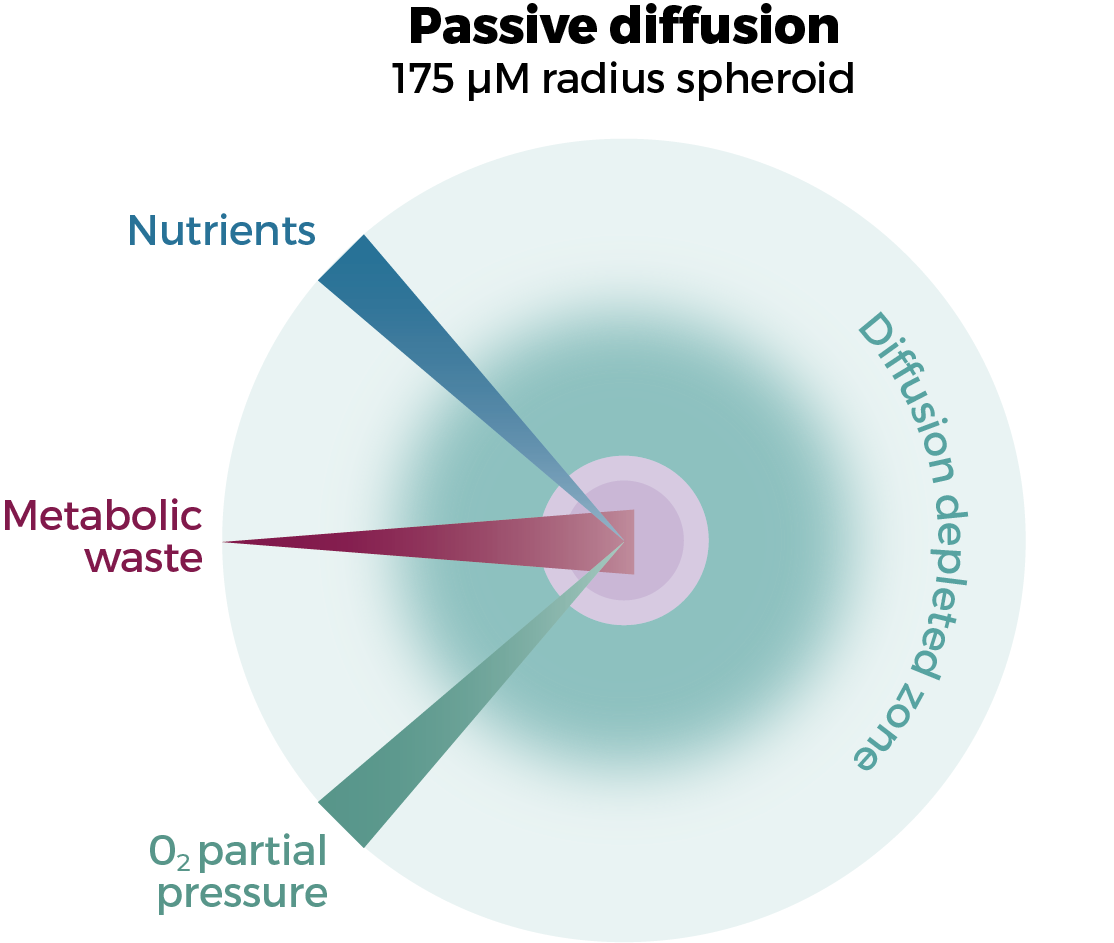
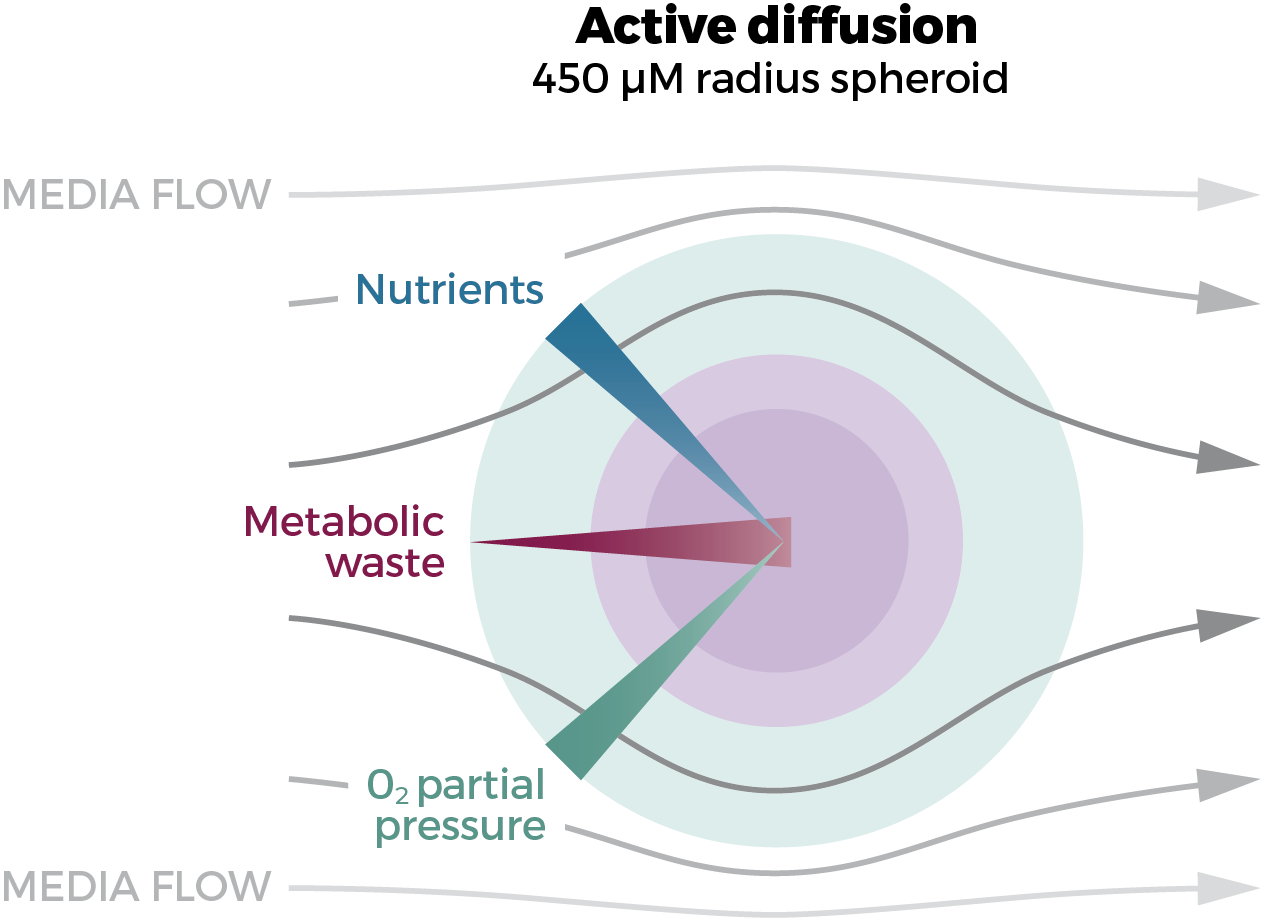
Figure 2:
This figure depicts a comparison between passive (on the left) and dynamic (on the right) environments for 3D cell culture. When the constructs are rotated gently, the depleted zones within the constructs are reduced, leading to optimal nutrient availability and removal of waste products. This results in improved longevity and size of the constructs.
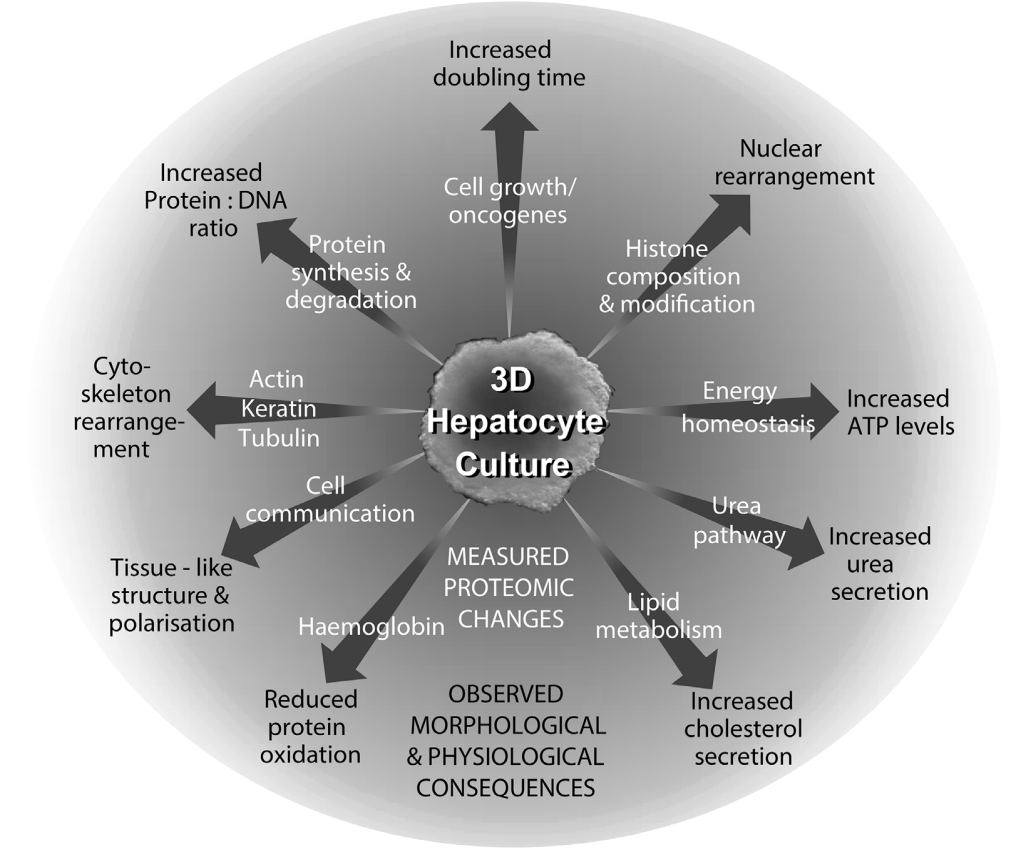
CelVivo Culture Characteristics
The CelVivo system creates an environment that promotes the growth and maintenance of large 3D tissue mimetic structures, whether they are spheroids, organoids, or other aggregates.

ClinoStar Technology
Learn more about the technology behind the ClinoStar system.
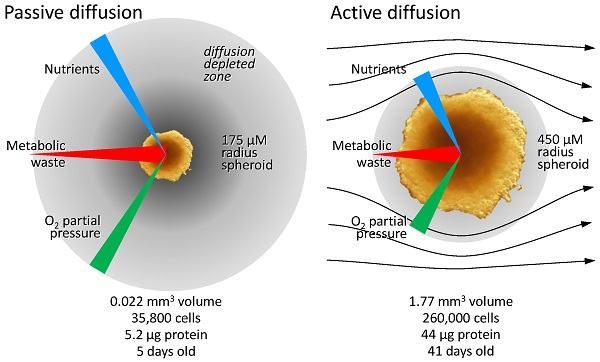
Metabolic Reprogramming and the Recovery of Physiological Functionality in 3D Cultures in Micro-Bioreactors
DOI: 10.3390/bioengineering5010022
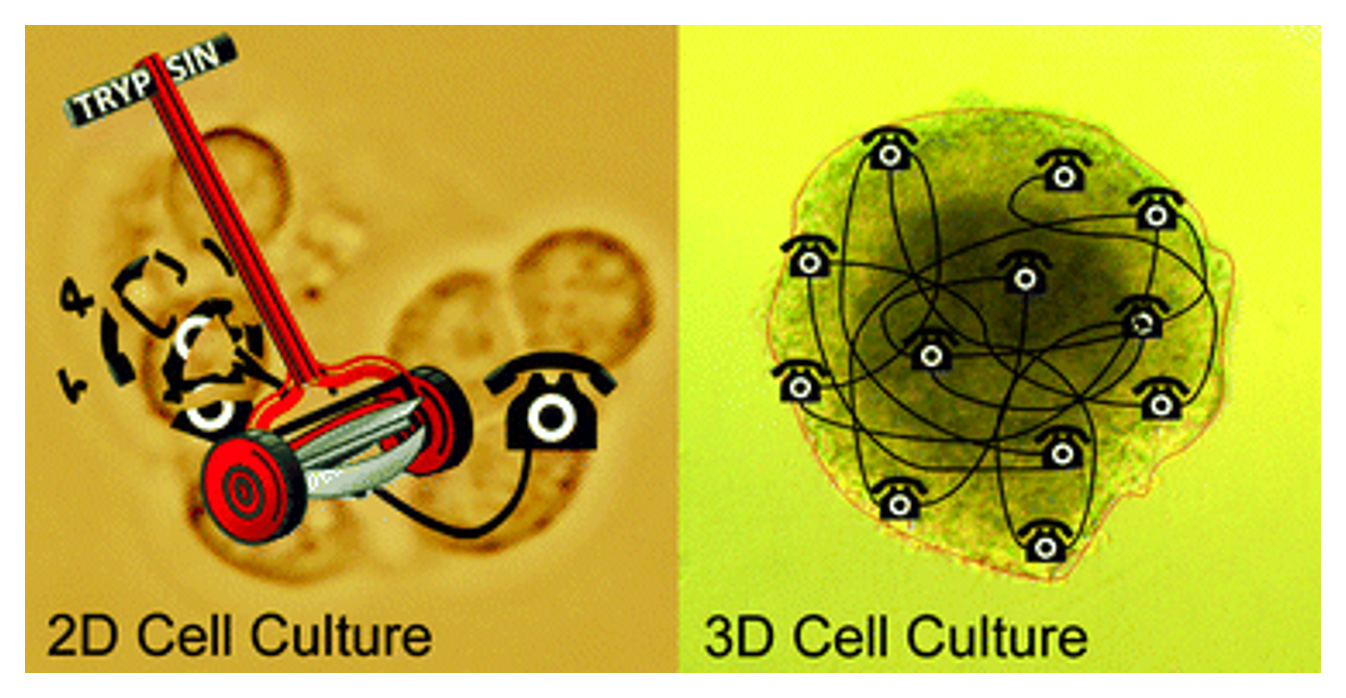
After trypsinisation, 3D spheroids of C3A hepatocytes need 18 days to re-establish similar levels of key physiological functions to those seen in the liver
DOI: 10.1039/C2TX20060K
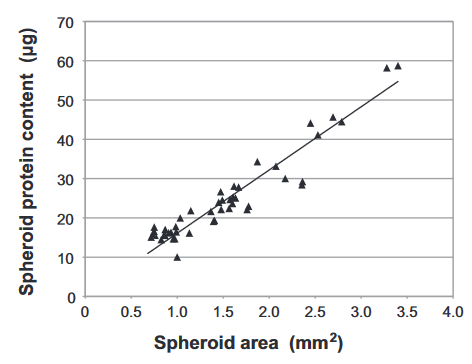
Microgravity spheroids as a reliable, long term tool for predictive toxicology
DOI: 10.1016/j.toxlet.2013.05.318
The advantages of using clinostats for culturing cells:
- Large spheroids are created with high uniformity in size
- Excellent for co-cultures and tumor studies
- The cells experience very low shear stress
- Active diffusion which allow good nutrient exchange.
- The function, architecture and ultrastructure of 3 week old spheroids mimics that see in vivo
- Spheroids or organoids can be maintained functional, in some cases, for at least a year
Hear the CEO of CelVivo, Peter Willems-Alnøe, explain the technology behind the ClinoStar.
Learn how some of our users work with the technology
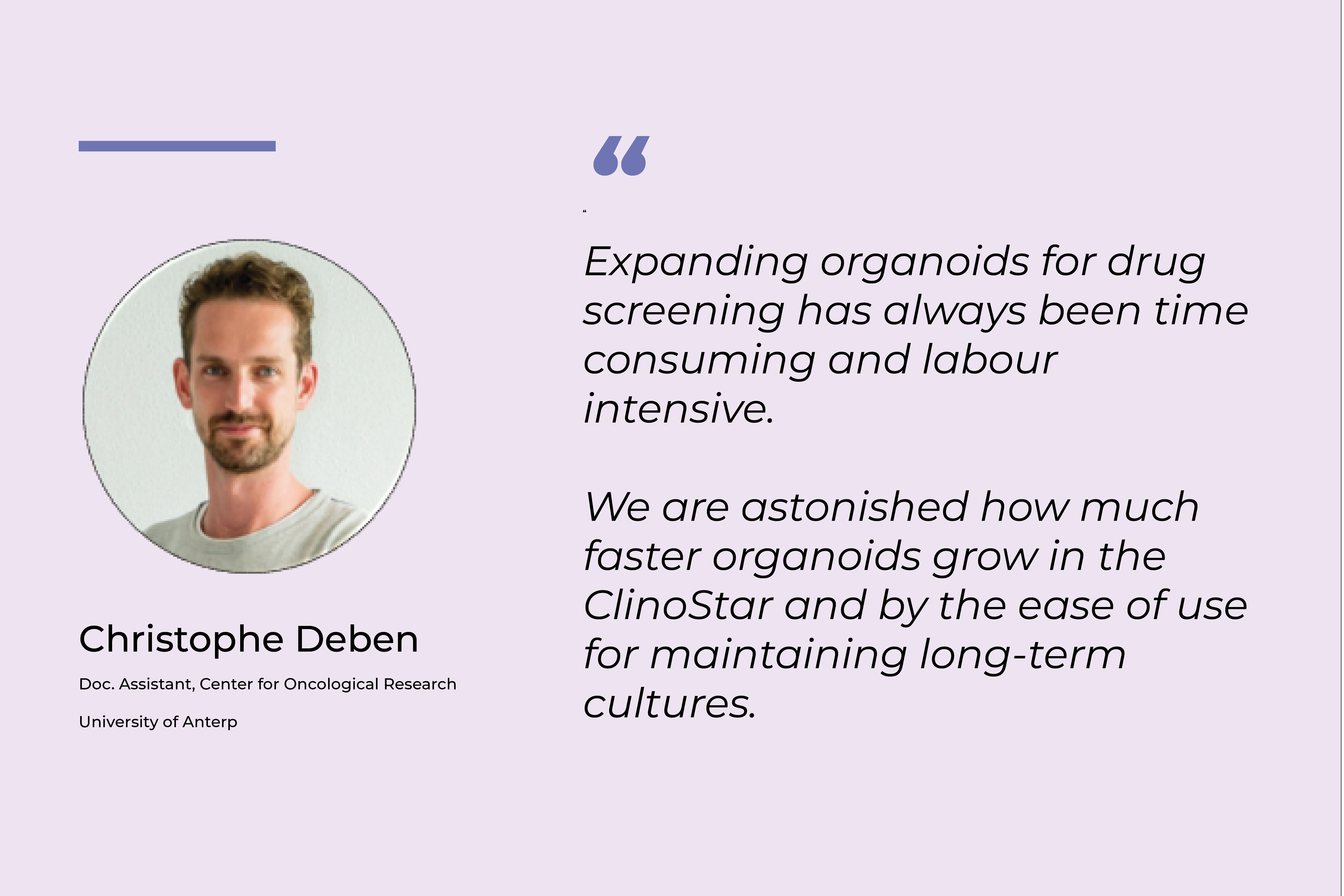

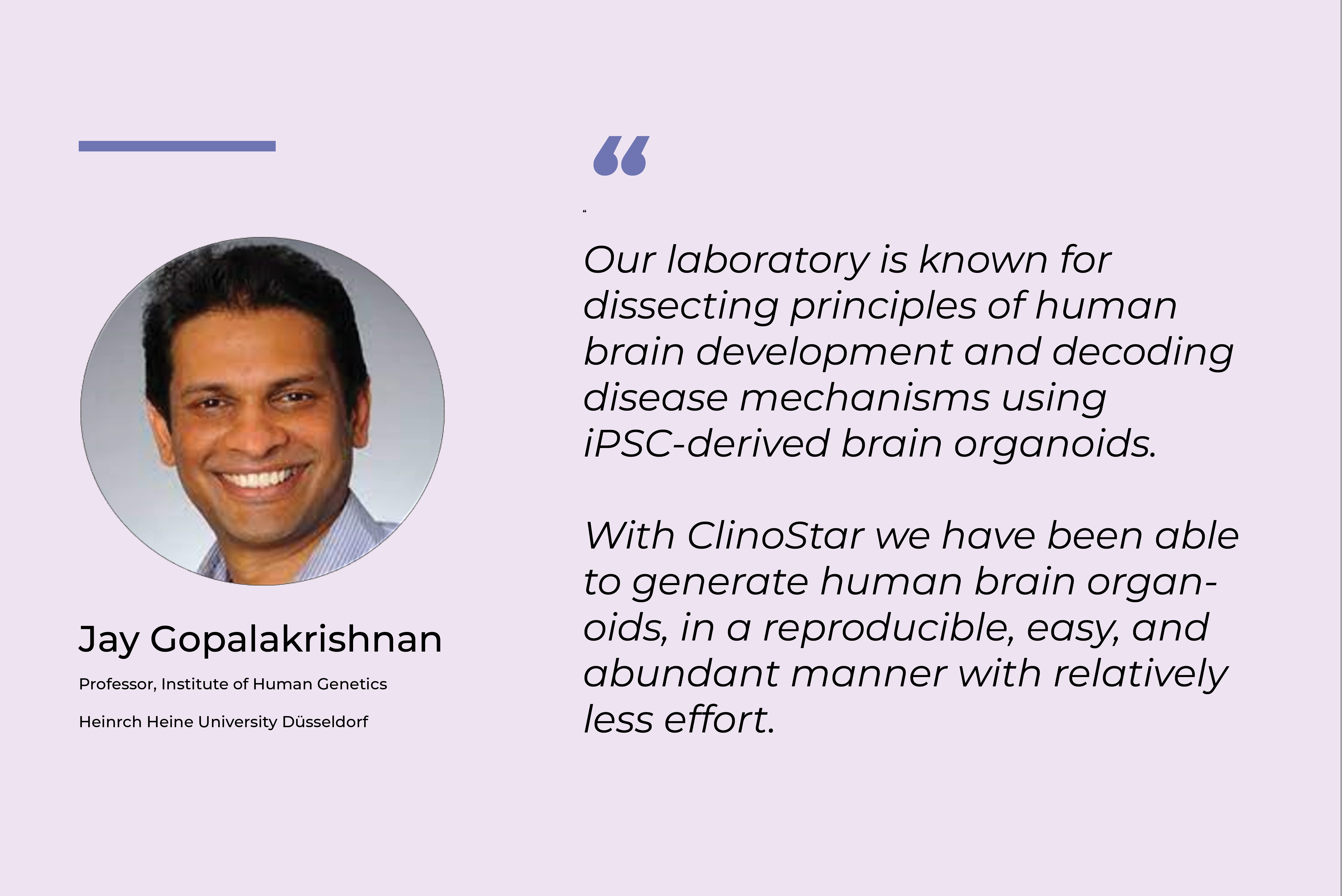
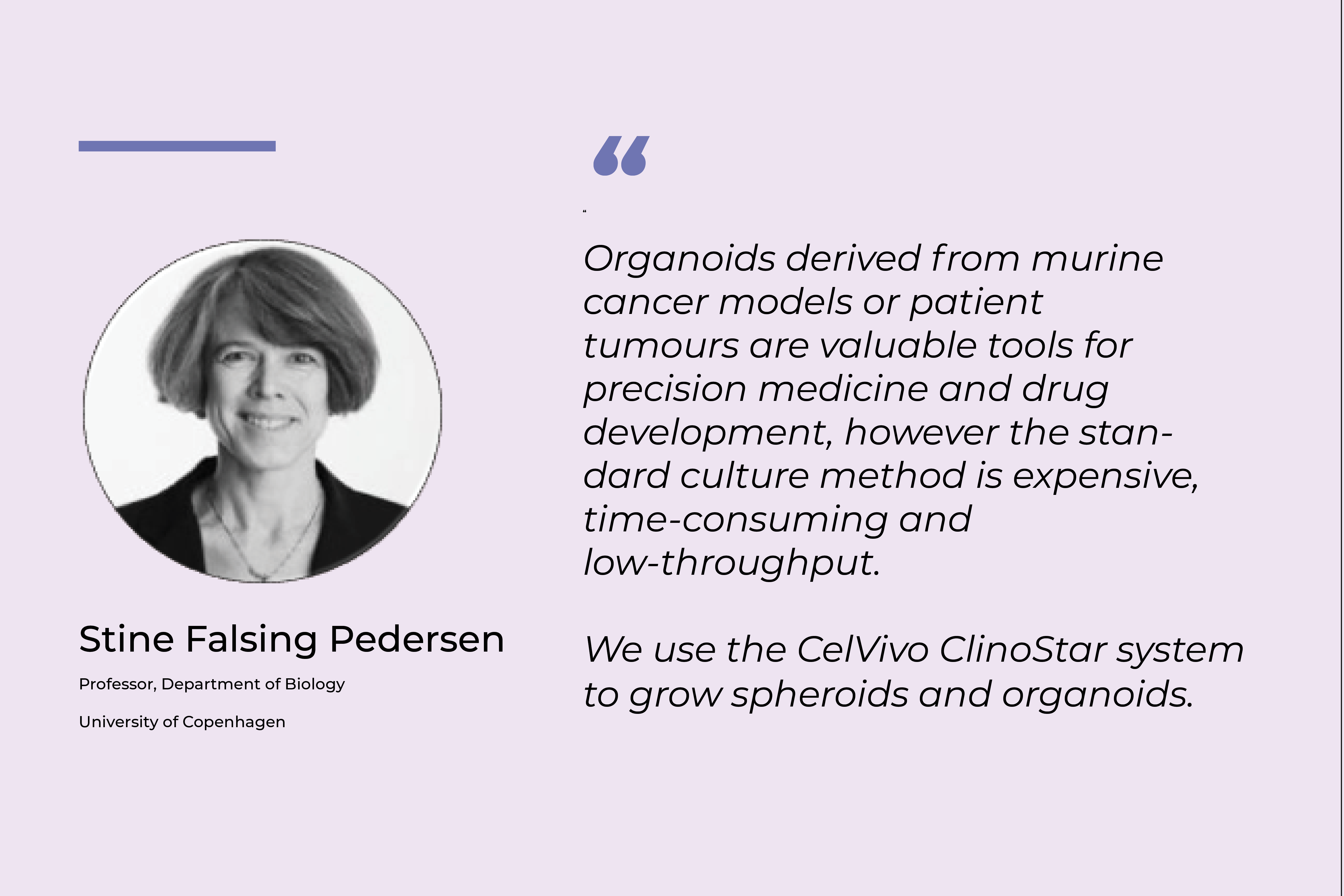
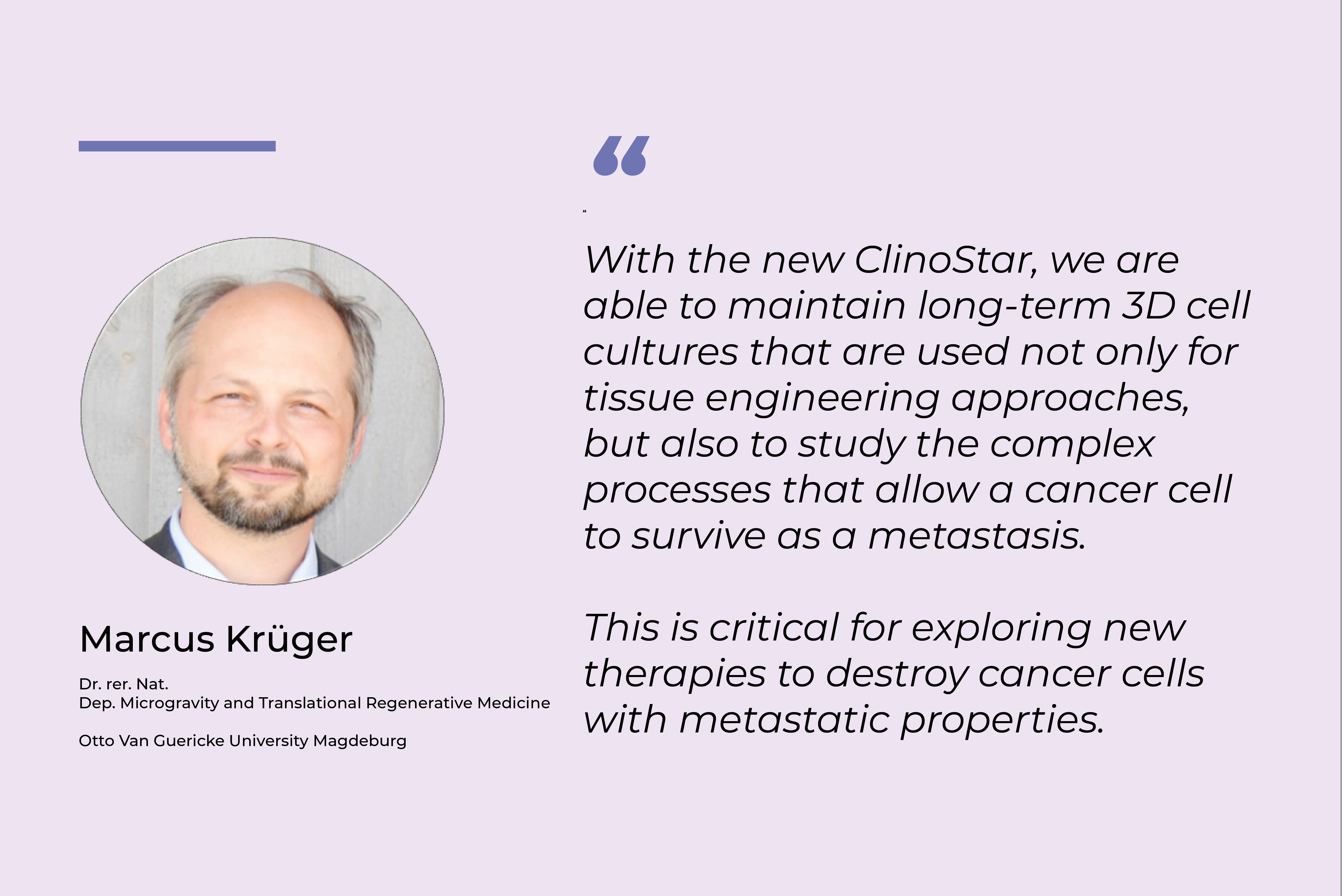
Start optimising your
In Vitro models today
